The Hindu American Foundation’s Dharma Ambassador Certification Program helps graduates explain the religion convincingly and accurately
By Claire Burkert, Nepal

Hindu American Foundation
It’s written in my karma,” he sighed with a smile, serving himself a second piece of cake. “Nobody writes your karma,” I told this person seated next to me at a birthday party, but he repeated, “I can’t resist. It’s my karma!” I am an American who frequently visits the US from my home in Nepal, where I’ve lived for over 35 years. My first thought was, “Who is this person telling ME about karma?” As he enjoyed his cake, I began to explain: “First of all, karma is not the same as predetermination. That’s a common misconception. Karma is about causality.” I thought, I have to get better at this.
At that birthday party, I was speaking to someone with whom I shared the same language and culture. I wondered how could I effectively broaden this conversation? The term karma comes up in many conversations but is little understood. A few days later, a friend told me he had “bad cell-phone karma” (having lost his iPhone), and again I wanted to dive into a discussion. But despite having lived so long in Nepal, taking part in Hindu rituals and festivals and having Hindu friends, I realized I was ill equipped to speak intelligently and clearly about karma—and, for that matter, other key Hindu concepts.
Finding Clear Guidance
After a little searching, I found a course designed to help Hindus explain their religion convincingly and accurately. This program, offered by the Hindu American Foundation (HAF), provides certification to become a “Dharma Ambassador.” I contacted its HAF’s National Programs Director, Easan Katir, a financial advisor and longtime convert to Hinduism who is responsible for education, policy implementation and community building through the Dharma Ambassador Certification Program. He has worked continuously to bridge the gap in understanding that Americans have with Hinduism’s depth and breadth.
Encouraged by our conversation, I registered for the free two-hour course online at www.hinduamerican.org/get-involved/dharma-ambassadors. Usually the course takes place monthly on a Saturday. After completing it, participants receive a certificate as a “Dharma Ambassador” and are notified about follow-up courses and Dharma Ambassador meetings.
The syllabus began with “Path to Great Speaking”—a framework that would help with any occasion requiring a formal or informal presentation. We were given pointers about how to engage the audience through both body language and ways of speaking. One useful technique that I had never considered was repetition. Isn’t that something you shouldn’t do? Easan explained: “One might say that’s a negative, not a positive. However, when presenting a new concept to an American audience, such as “Sanatana Dharma,” which most may be hearing for the first time, it is helpful to repeat the name several times throughout the presentation so that it sinks in.”
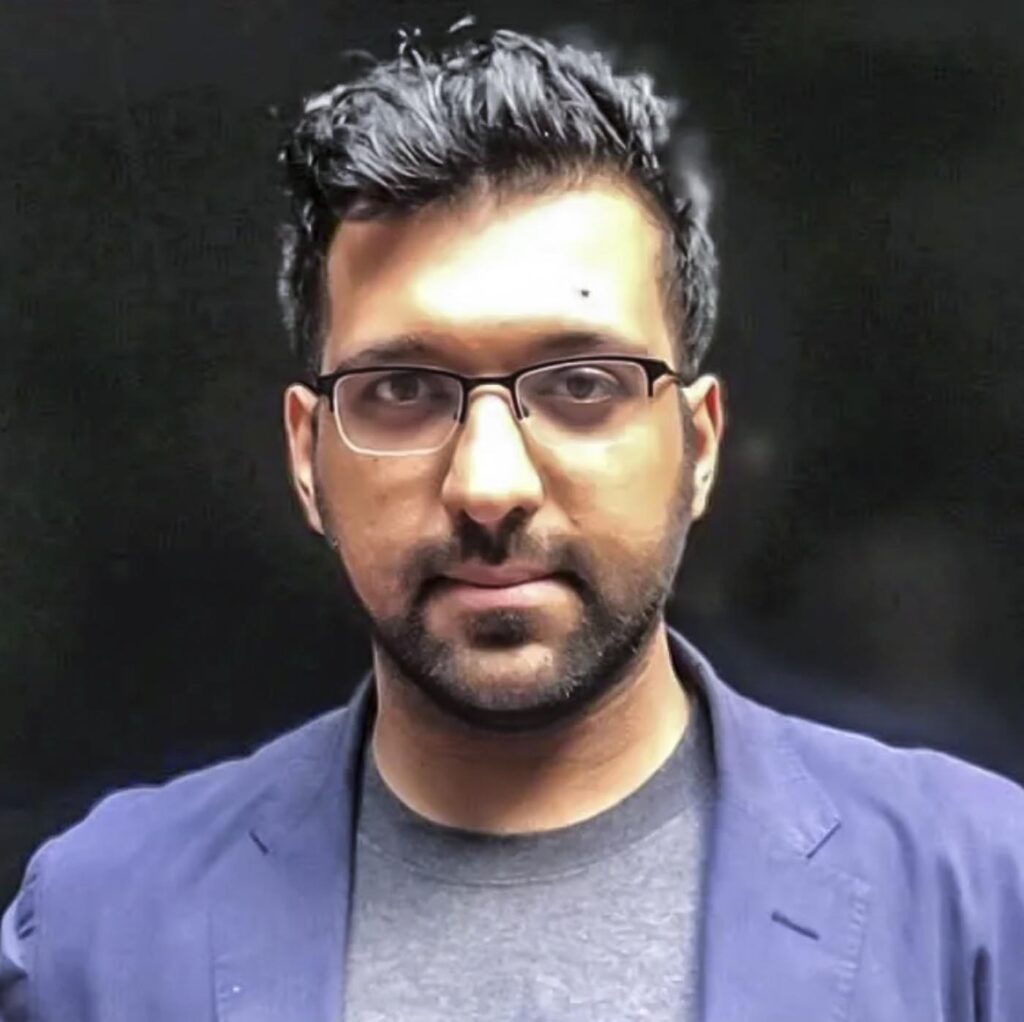
Gautam Sharma
Techniques emphasized included careful listening, bringing in an interesting fact or piece of humor, and resisting the attempt to overpower the interlocutor or audience. At the same time, speakers were advised to not let any negative or doubtful audience energy overcome their own positive energy.
Participants’ comments about this first section of the training were overwhelmingly enthusiastic. “I never thought of applying presentation skills when talking about Hinduism,” said one person. “We sort of wing it and can go on and on about it. My biggest takeaway was to prepare and frame what you say, keeping the audience in mind.”
I remembered how my friend Bimal once enlightened me, gently pointing out similarities and differences between Hindu and Abrahamic faiths. He was diplomatic and friendly, as a Dharma Ambassador should be. I’d said to him after reading the Ramayana, “It’s intriguing to me how the Hindu religion is so infused with myth. Sita’s father unearthed her with a plough—really?”
“Claire,” he responded gently, “Jesus walked on water.” And he went on to lead me in an amiable conversation about how the Divine appears in various shapes and ways, and how there are different paths to knowing God. A light went on in my head as I realized the limitations of my thinking about the Divine.
After presenting many techniques for effective communication, Easan discussed basic facts about the numbers of Hindus worldwide, then the different categories of Hindu scriptures. We learned about key concepts such as the atman, the yogas and the cycle of rebirth, samsara. The course also addressed topical issues, such as the rights of Hindus and the role of women. The slides, narrated by Easan, were well designed and easy to follow. Along the way, participants exchanged thoughts about their own practices and favorite Gods. We were reminded of Hinduism’s diverse sampradayas, or traditions. An important aspect that the course emphasizes is Hinduism’s pluralism. “It is not a dogmatic faith,” Easan told us. “It invites us to search.”
“I think the best part was how to handle the detours,” said one participant. By this she meant that conversations about the meaning of Hindu Dharma could be derailed by the singling out of social ills. Certainly, when questions about caste are raised, they must be seriously addressed; and the course offers ways to address such important issues without letting them “take over the room.” Following the course instructions, participants gave mock presentations, allowing them to practice their communication skills and gain feedback. This was the culmination of the course, empowering participants to go into the world to continue to speak about Hinduism. Easan gracefully suggested improvements in delivery. Commented one woman, “Instead of just saying “good job” and moving on, I liked the way you specifically offered a gentle critique to each speaker.”
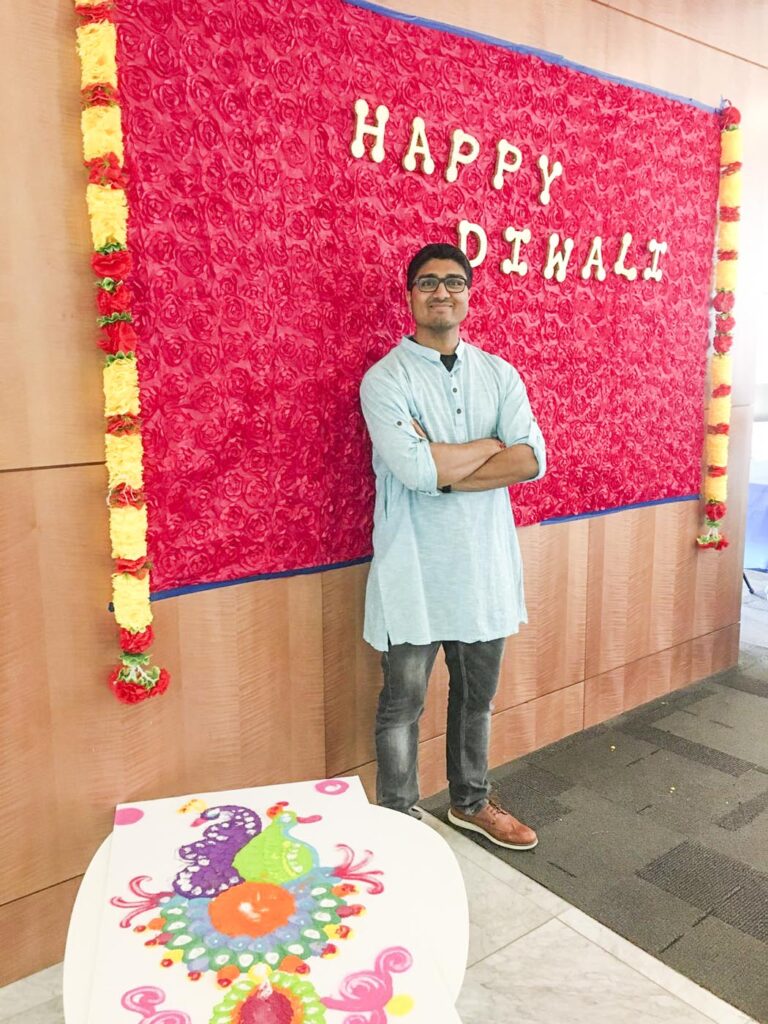
Overall, the course made clear how Hindu Dharma is relevant today. “We’ve always sought the Divine,” said Easan. “Hindu Dharma continues to provide—it fills the need. Therefore, it is imperative to not only practice individually, but to make sure the Hindu religion can continue into the future. To be an Ambassador is to be a custodian of Hinduism’s best practices.”
It is expected that after this initial introduction and declaration of commitment by participants, each will actively develop their skills by “on the job” training, making Dharma presentations in various forums. There are also follow-up programs by HAF to clarify particular areas of concern in bringing a clearer understanding of the Hindu religion to both Hindus and non-Hindus.
Commonly Asked Questions
Interviewing several Dharma Ambassadors, I learned that all were asked similar questions and had thought through ways to answer them. Christians, they noted, wanted to know: “Do Hindus have an equivalent of the Bible/Quran/Torah? How does Hinduism view other religions? Does Hinduism have heaven or hell?” To the latter question, college student Arnav Rege prepared this reply, “Since Hindus believe in reincarnation and rebirth, eternal places of glory or damnation do not exist.”
People were also curious to know how Hinduism is practiced: “What is the significance of festivals such as Diwali, Holi and Navaratri?” Others asked, “Why are some Hindus vegetarians, and why do some not drink alcohol?” Lipka Devara said, “Americans often ask about the ‘red dot’ on my forehead, the bindi. I explain that the bindi is worn by Hindu women and others for various reasons, including symbolizing the ajna chakra, third eye, and aiding in meditation. I educate them on its cultural significance and dispel misconceptions.” Hrishikesh Chelmella adds a scientific explanation: “The area between the eyebrows is a significant nerve point, and applying pressure here is believed to relieve stress and fatigue.”
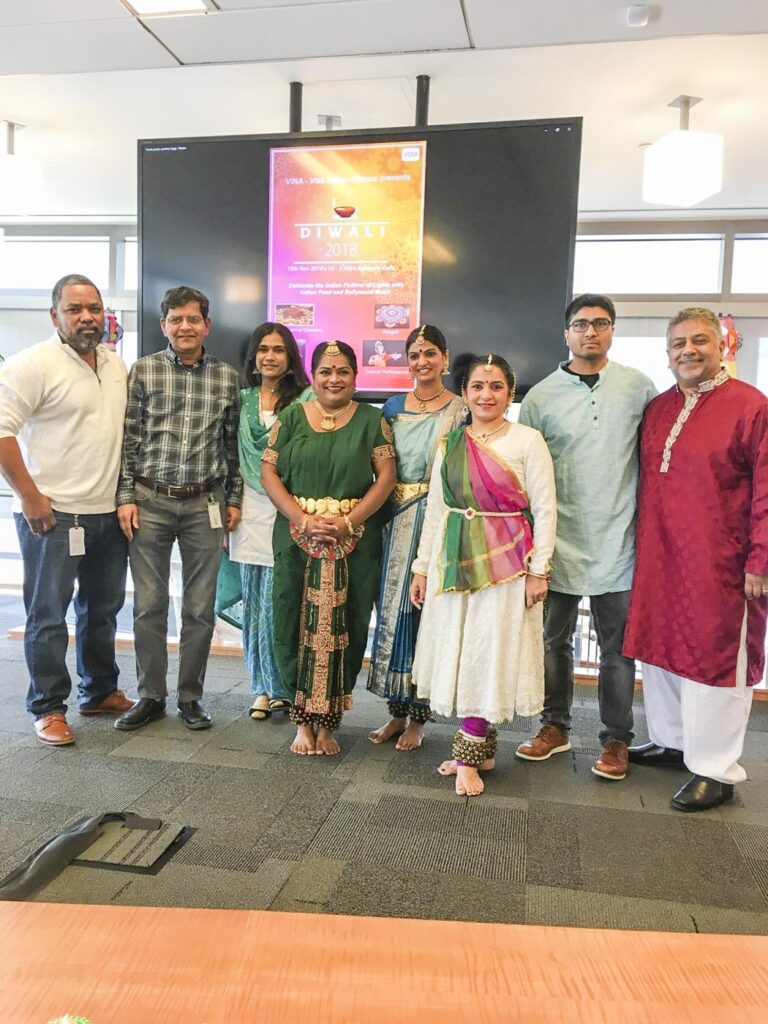
From information gleaned in their school textbooks, children might also ask, “Do Hindus really worship cows?” Many Ambassadors took the opportunity presented by this question to explain their beliefs in nonviolence (ahimsa) and respect for sentient beings.
One man commented that he stays well prepared to address a typical blend of what he called “caste/cow/curry” questions, but that such stereotyping and lack of information can be combatted if more Ambassadors are “in the field.” A yoga teacher feared that by being “openly Hindu” she could be mistakenly viewed as anti-Muslim. It was clear that for Dharma Ambassadors, the courage to be openly Hindu was boosted by their confidence to respond knowledgeably to questions about their faith.
Easan had emphasized that when they take questions about Hinduism, Ambassadors should be skillful to win hearts, not arguments, and to show respect for different schools of Hinduism and different religions. Such advice was echoed by Dharma Ambassador Gautam Sharma, who is working toward becoming a Hindu chaplain. “I highlight a key strength of our belief system in my responses: there are many schools of thought in Hindu philosophy, a function intended to invite discussion, discourse and even respectful debate,” said Gautam. “The pluralistic nature of Hindu philosophy has the added benefit of rendering obsolete any need to proselytize.”
Expression in Various Venues
Many told me that the Hinduism as perceived by most Americans is not the Hinduism they know in their households and temples. This disconnect was a primary reason they took the course. At the same time, they said Americans tend to be eager to learn and have stereotypes and misconceptions corrected. The Ambassadors overwhelmingly found their interlocutors thoughtful, open and interested to learn more.
Dr. Kingsuk Ganguly, a 38-year-old doctor in New Jersey, explained to me: “Whenever I looked for topics regarding my religion, I perceived a Western lens. I wondered which version was more truthful, what I learned from my parents or from books, teachers and social media. So, when I saw HAF’s work and Easan sent me an email about how the program teaches you to speak confidently about Hinduism, a chord was struck. I had not felt confident to speak about it since my experiences were only firsthand from my parents or going to the temple.”
He continued: “High school classes on world religions focused on the caste system and a pyramidical hierarchy, whereas I knew that growing up I socialized with people of all strata. In books, again there was a focus on the caste system and how cows are perceived. But these concepts were not central to my experience as a Hindu, where we asked questions such as “What is our purpose?” or “Why are we suffering?” In his reading of the scriptures, he found the expression of the oneness of mankind, as well as the symbiosis of man and animals. I’ve used the tools I’ve learned to help our hospital. I served on the Medical School Diversity Committee for six years and was able to create the first Holi event on campus. I sent out HAF’s Holi toolkit to doctors and to many other people, who participated in a huge, successful event.”
A tenured university professor of Hinduism took the course for another reason. “I know too much. I need to simplify,” she said. She could teach a course but, like me, she would not be able to communicate in simple terms with a man who confused karma with pre-determinism, who had thought he was eating birthday cake because some force had “written his karma” to do so.
Some Ambassadors employ their speaking skills in interfaith forums. When Abhijit Bhure traveled extensively across Europe and the US, he discovered that Hinduism was little understood. As a Dharma Ambassador, he attended interfaith sessions with a Jewish community and with a Mormon church to speak about key tenets of Hindu Dharma, ayurveda, ancient mathematics and science, and to show how Hinduism is relevant today. He found that American groups left these sessions with a desire to meet again and learn more. They would ask, “Where can I read more about Hindu Dharma? Where can I buy ayurvedic items from Indian stores? Are there Indian stores in our area?” After discussions, he would serve Indian food, which was also highly appreciated.
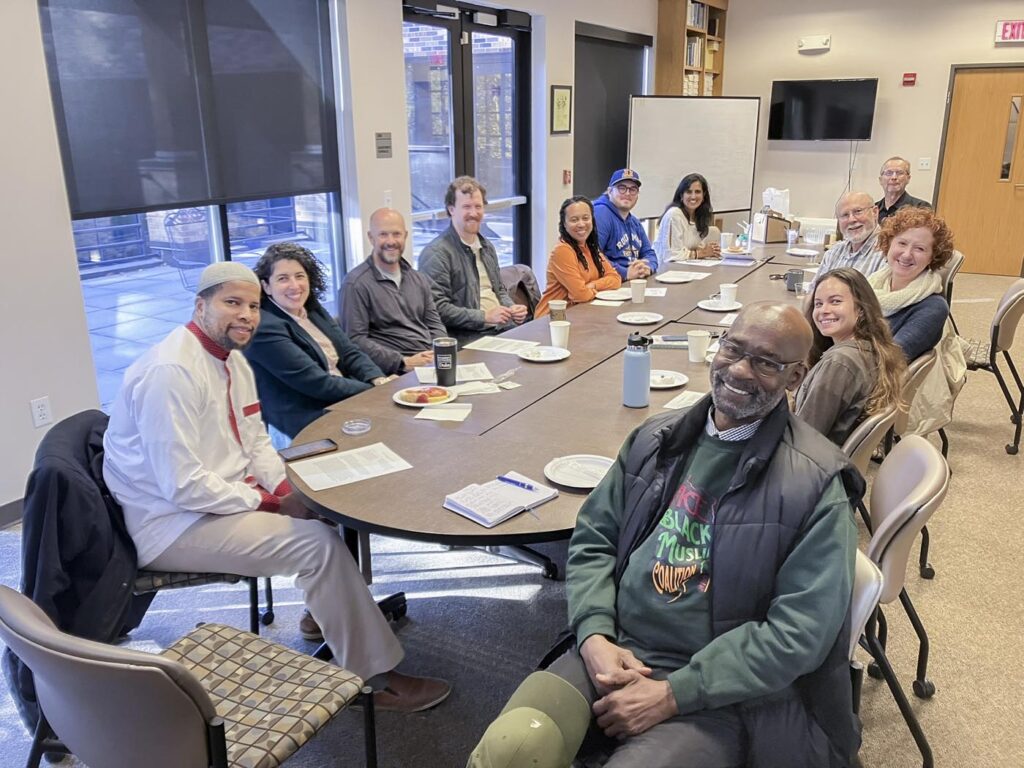
Duke University
Other Ambassadors gave presentations in schools. Ravi Khanna was born into a religious Hindu family and had read Hinduism Today for 25 years. As a retiree, he wanted to share dharma with others, and so he looked to the course for direction. He spoke at schools and colleges and started an education program on teaching about Hinduism through his local Hindu temple board. They compiled a list of over 100 questions asked by kids and adults during their sessions. Similarly, Hariharan Pothulu, who teaches a 6th-grade social studies class and a high school World Religions class, also composed a list of discussion questions, including: “Does atma have the ability to merge or divide? Are there really 33 million Gods? Why worship idols? What is Moksha? What happens to non-Hindus after death?”
Deacon Steve Herrara, trained in the Catholic Church on how to teach religious material, leads a course on World Religions in a Catholic school, and refers to Hinduism positively when he preaches in church. The Dharma Ambassador’s course helped him to speak accurately about Hinduism, a religion for which he has great respect.
Several Ambassadors serve as temple guides. Godan Namburipad is involved with the Hindu Society of Minnesota, speaking at public venues and serving as a guide at its temple. He has given tours to people ranging in age from 10-80, including the Rotary Club and a group of students visiting from Nebraska. He pointed out that the need to teach Hinduism in schools has grown, since the state curricula requires teaching of world cultures and religions.
For some people, learning about Hinduism and how to communicate its tenets deepened understanding of their own identity. Lavender Sedlock has Romani ancestry. When she learned that Romani people have ancestral roots in Northern India, she was anxious to learn as much as she could: “I am mixed race, fourth generation living in America, and raised without the practice and knowledge of Hinduism. As I became more involved with the practices and teachings, I wanted to be sure I was representing Hinduism accurately, and that I was practicing and learning the genuine history and teachings.”
Often parents take the course and then enroll their children in it. Hrishi Deshmukh’s mock presentation focused on the need to engage youth, who may feel disconnected from their religion. “I believe this topic is important, as fostering a deeper connection can enrich the cultural and spiritual lives of our newest generations,” he said. Indeed, youth who are establishing Hindu student clubs found the course helpful. Says high school club founder Aran Malhotra, “By becoming a Dharma Ambassador, I thought I would learn how to expand my club into new chapters, learn new content and improve my presentation skills. I aim to teach members a new key term of Hinduism every week, such as ahimsa, reincarnation or karma, and almost always there are numerous questions that need to be answered.”
Other Ambassadors have spoken up in city councils or found new ways to activate their local Hindu organizations to interact in the community. One group arranged for a showing of a new Hindu film, Namaste, in Northern California venues. Another hosted a Diwali dinner for local elected officials.
Conclusion
Easan says that HAF now hosts a Whats-
App group for Dharma Ambassadors to share news of their activities and continue discussions. He is proud of the growth of the course and its impact on wider society. The thousands who have gone through the program during the past six years reflect its transformative effect. As the Hindu American community continues to grow, the program’s importance in promoting understanding and appreciation of Hinduism on a broader scale becomes even more significant.
“In the American milieu there are a thousand-plus Hindu temples now, uncounted swamis, priests and meditation teachers, yoga schools, ayurvedic clinics and music and dance academies,” says Easan. “The Hindu American Foundation’s Dharma Ambassadors work to create and maintain the cultural and sociological safe space in North America for all these groups to practice religion freely.”
Returning to my own story, after decades living in Nepal, I have now gained essential knowledge to help me better speak and write about Hinduism. I will feel more confident if the topic of karma surfaces at a dinner party.
Feedback from Ambassadors
Divya Selvakumar: In 2011, I established a small international NGO called American Hindu World Service. The primary object of AHWS is to promote Hindu faith-based perspectives in international service and development, and also educate the public about Hinduism. Hence, the Dharma Ambassador program was a very valuable asset, which I completed in 2017.
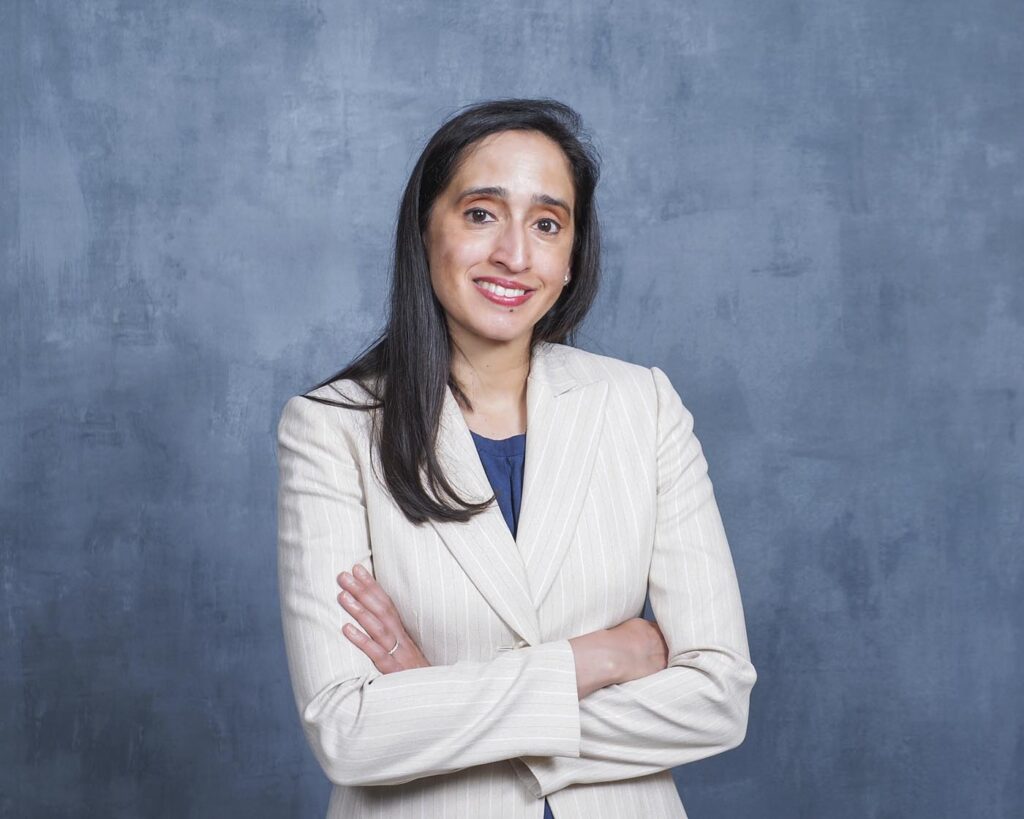
Srivats Iyer: I was inspired to take the Dharma Ambassador program to counter misinformation and present the Hindu point of view from an insider’s perspective. More than 15 years ago, in the military (U.S. Air Force Reserve), I had an opportunity to give a Hindu prayer with the help of my unit’s chaplain. This was done to show representation, that we actually exist in all spheres. Similarly, within Google, I am part of a Hindu group that seeks to promote mutual respect.
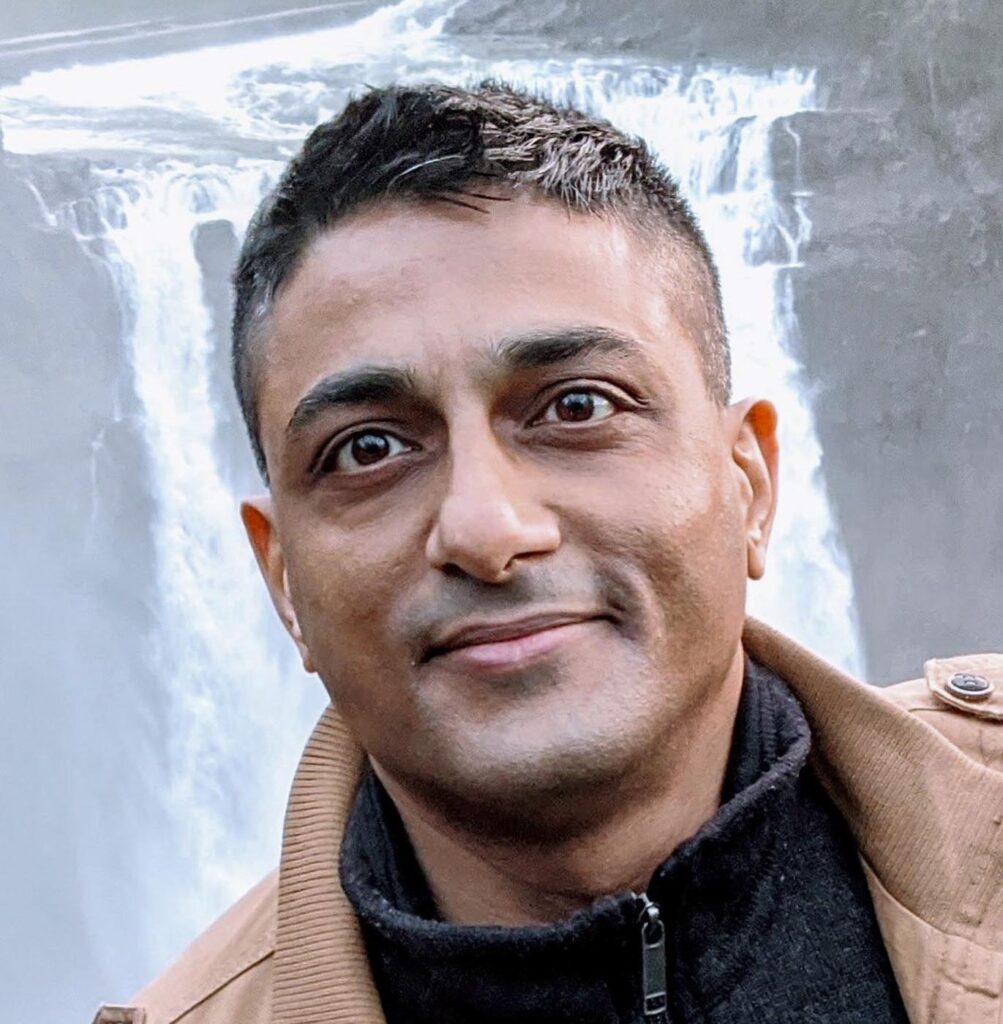
Arnav Rege: I recall one of the presentations about karma. It intrigued me because I was never taught the concept that our positive actions lead to positive outcomes in the future, and negative actions lead to negative outcomes. It was not until much later that I experienced karma viscerally, when I helped an old lady with her groceries and found a $20 note on the ground the same day.
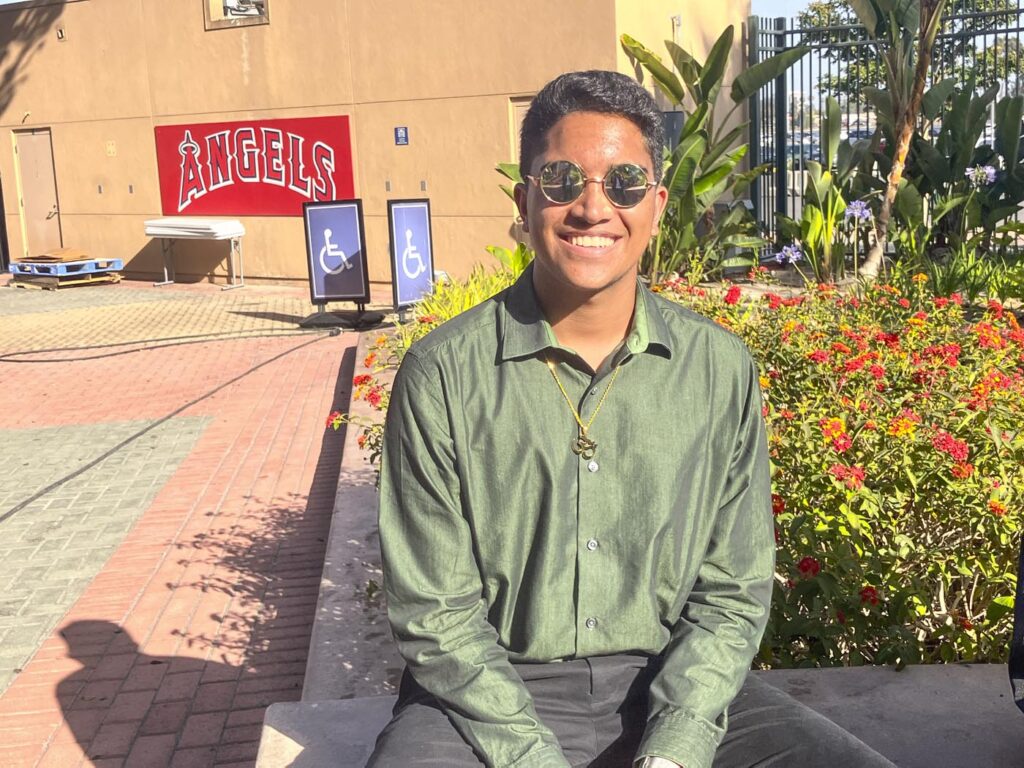
Roopkotha Day: Growing up Hindu in the US was like being stuck between two worlds. Many of my Hindu friends seemed more drawn to Western culture, rejecting their heritage. Being bombarded with Western movies, music and food, it was hard finding a place where my Hindu identity was celebrated. When my dad told me about the Dharma Ambassador Program, I thought it would be an Indian man dressed in robes lecturing until I was bored out of my mind. However, as I felt an intense desire to learn more about my religion, I agreed to do the program. I was in for a surprise. When I joined the Zoom meeting, I found myself intrigued by what Mr. Easan Katir was saying.
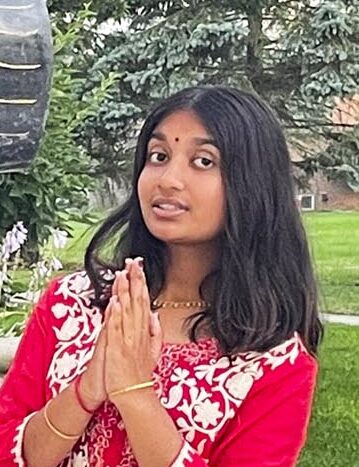
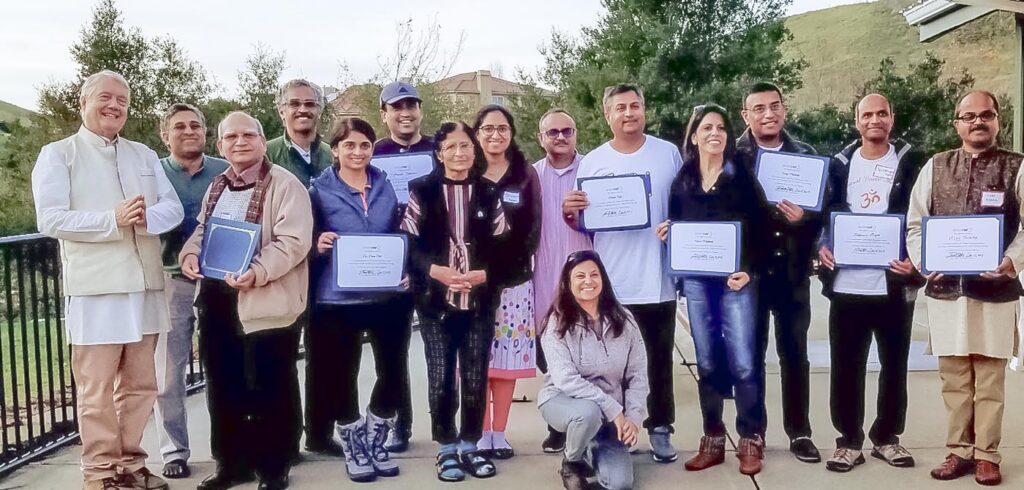
As Coordinator for Gita4Life Campaign and Dharama Ambassador for HAF, I would like to appreciate the lead taken by HAF executives and members to spread Sanatana spirit not only in the US but also globally.